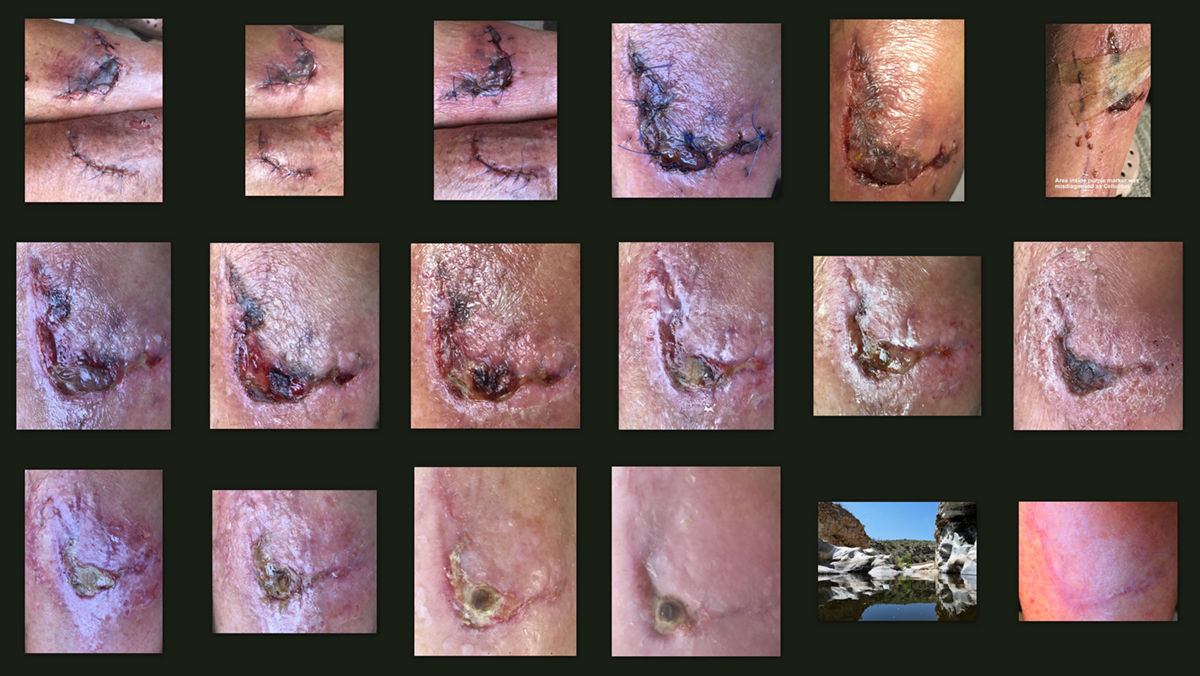
Every Healing Wound Needs Attention
Every wound or any kind of damage done to one's body takes time to heal. During the healing process, numerous unwanted things may happen so one must pay full attention to it in order to rule those out. Starting from small complications up to life-threatening ones, these conditions are not to be taken for granted or neglected. Even a small cut may become infected and lead to serious complications.
Possible Physical Complications During Wound Healing
First of all, immediately after the wound was inflicted, there is a possibility of bleeding, either internal or external. Blood vessels may have been damaged at the same time the injury took place, and sometimes there might be signs of bleeding on the outside while other times bleeding may be completely conceived by the skin and the tissue.
Additionally, usually with larger wounds there is a danger of separation. Namely, two layers of the wound may separate again during the healing process, this action being caused either by movement, friction, straining or coughing, sneezing, and similar actions. Whatever the cause might be, the wound, once opened again should be sterilized as soon as possible and examined by a doctor. Finally, in most serious of cases, when it comes to abdominal wounds, internal organs may get exposed or exit the body through the opening. In these, highly severe cases, one is to seek medical attention immediately and remain as calm as possible, keeping the wound sterile at all times. In such cases surgical intervention is a must, thus the emphasis on timely reaction.
Possible Infections
Whenever the wound or its surroundings swell, cause severe pain when touched or moved, or when pus comes out from the spot, there is a high possibility of infection. A feeling of localized heat or even a global fever are other signs of infection. Infections sometimes spread and become systemic, even causing sepsis, and that is why it is crucial to talk to your doctor as soon as you spot the symptoms.
Depending on all the indicators, however, mainly on the color and consistency of the pus expelled, doctors may conclude what type of bacteria and/or other microorganisms may be causing the infection. Afterwards, when the diagnosis has been made, measures are taken in order to restore the wound into a healthy healing condition — the wound is cleaned and redressed, and antibiotics prescribed.
In order to avoid the risk of infection, a patient needs to keep the wound clean at all times. Keep your hands and the rest of your body clean, avoid unnecessary touching and irritating of the healing spot and, most importantly, follow the healing procedure given to you by the doctor.
Other Complications That Can Occur While Your Wound Heals
The healing process may go wrong itself. These unfortunate courses of action have as their consequence the incorrect formation of scars. Excessive scars may form, or there might not be enough skin to form scar tissue, leaving the wound exposed. Healing may also end with deformation of the skin surface, mostly in cases of skin burns. Wounds in the shoulder, knee, or similar joint areas take longer time to heal due to constant friction, and, therefore, have different scars which are red and itchy at first but later become pale and usually larger in size. Wounds that had their healing prolonged by infections also tend to have these, more complicated scars. Some people will develop raised or keloid scars, which are more common in darker skin types. To hep minimize the risk of extensive scar formation, moisturize your healing wound with petroleum jelly. After the wound has completely healed, use sun screen to help the scar fade by preventing exposing it to damaging UV rays.


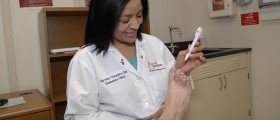
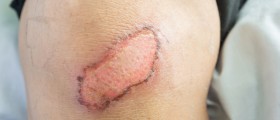
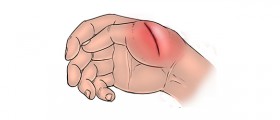
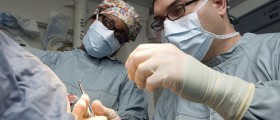



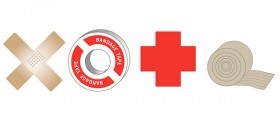
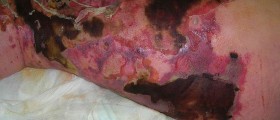
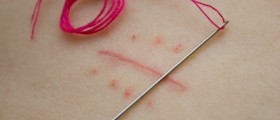





Your thoughts on this
Loading...